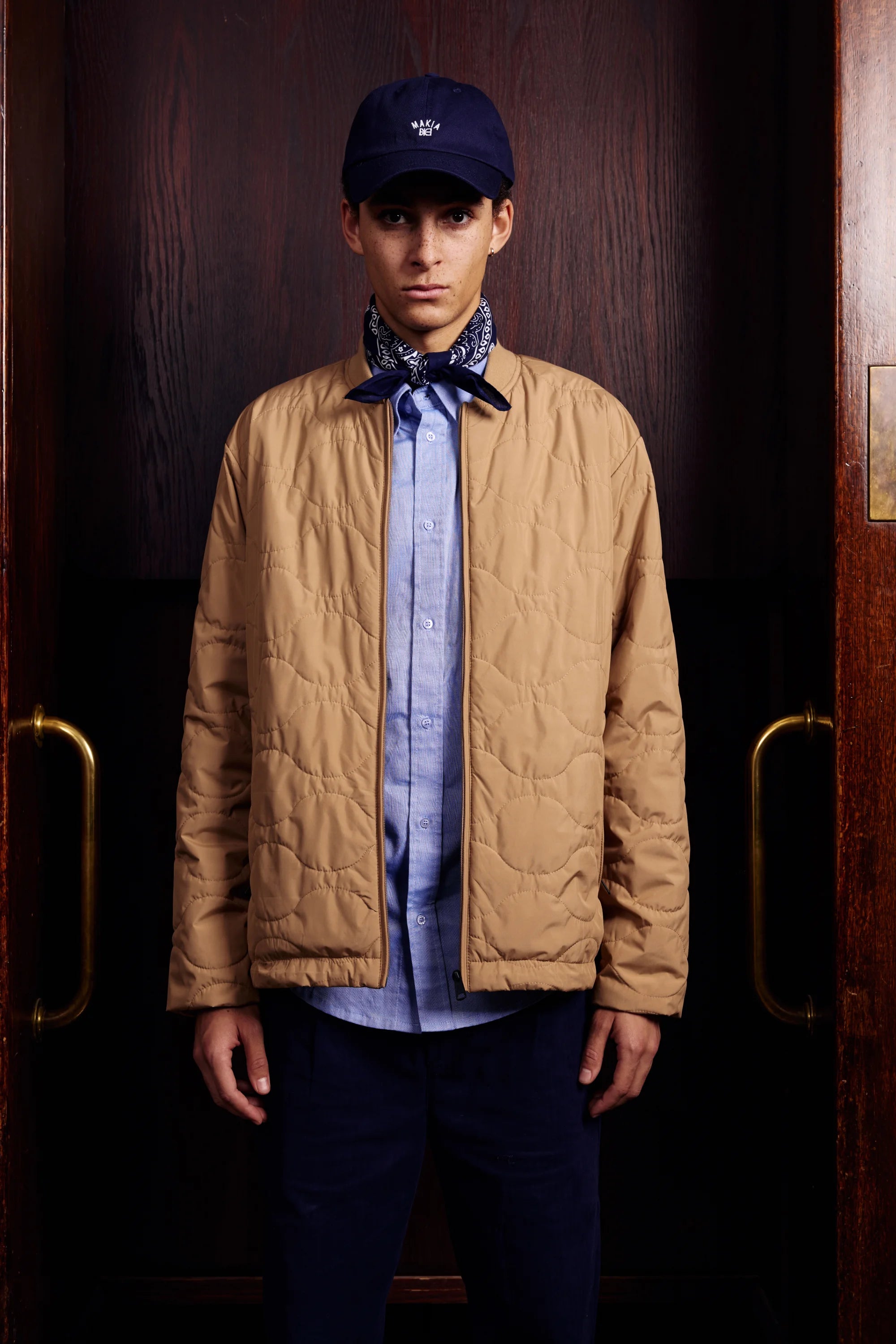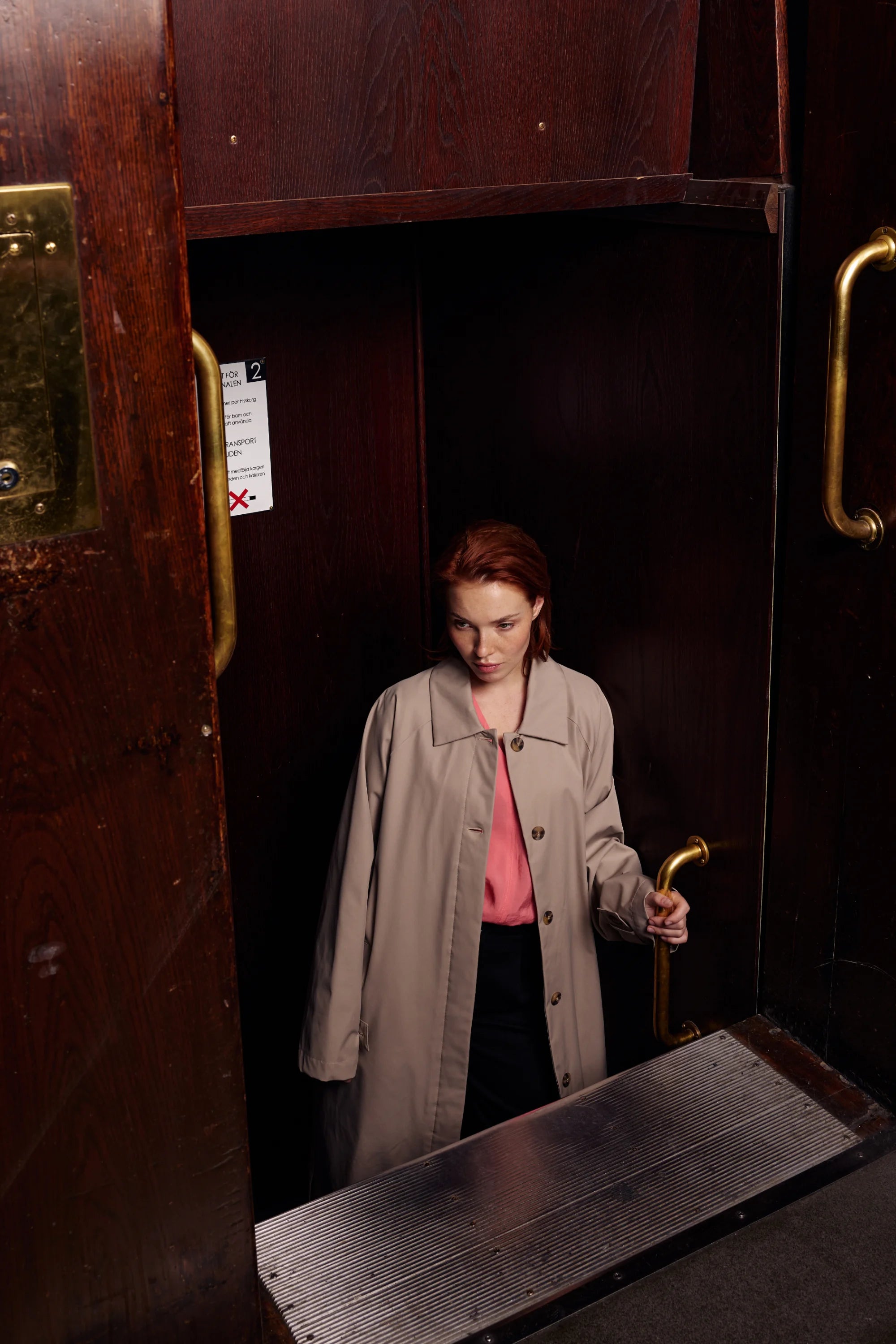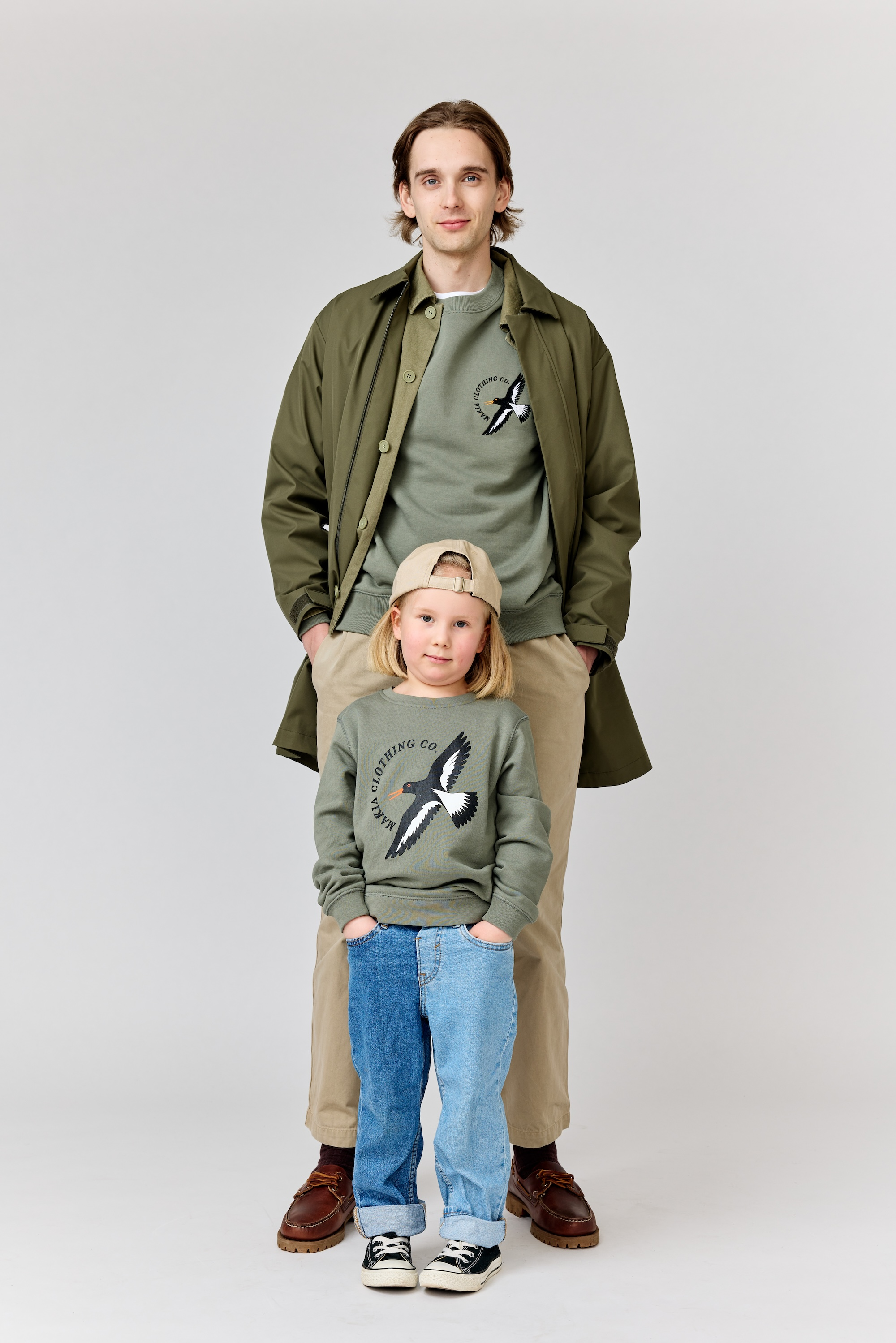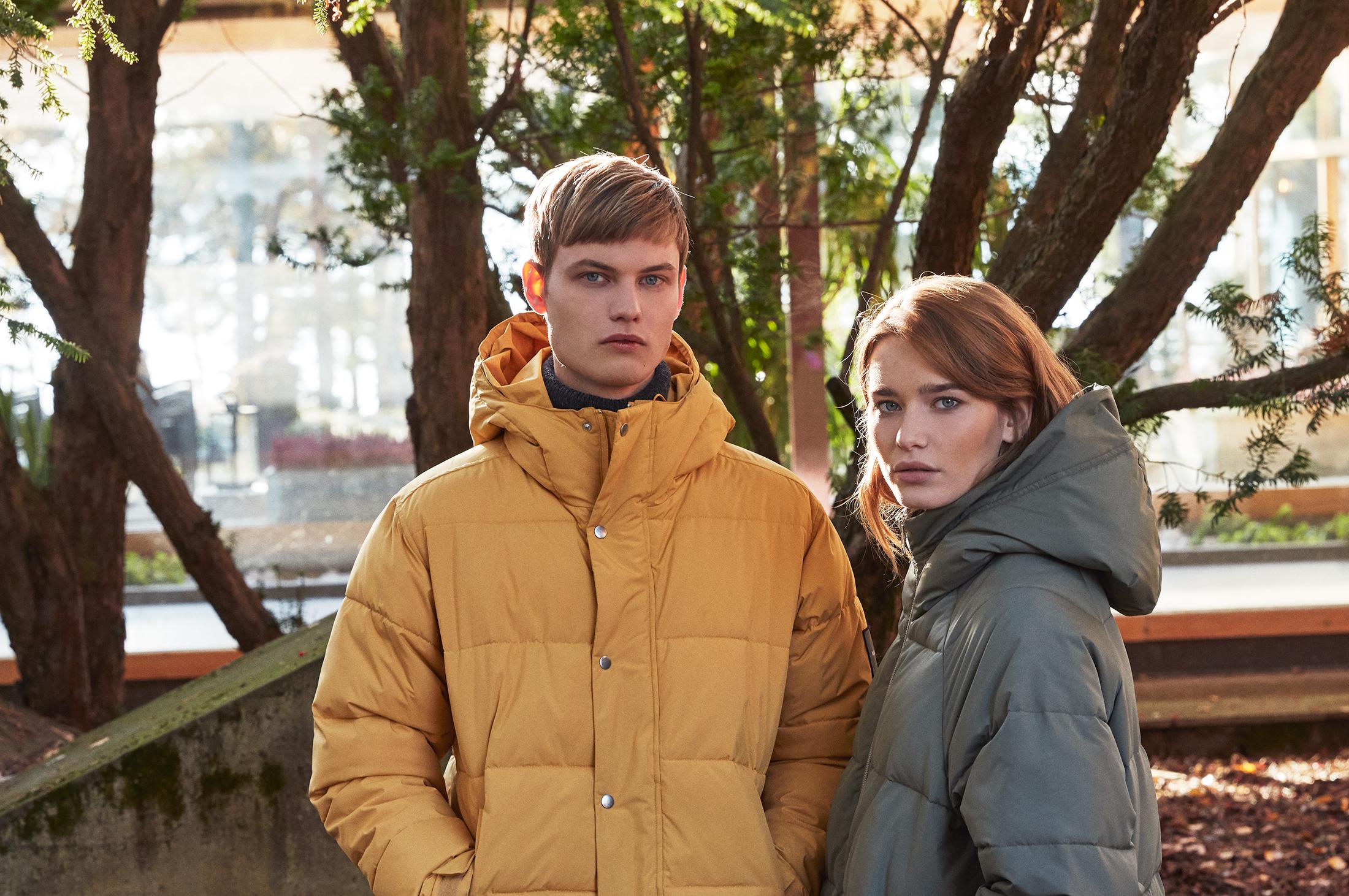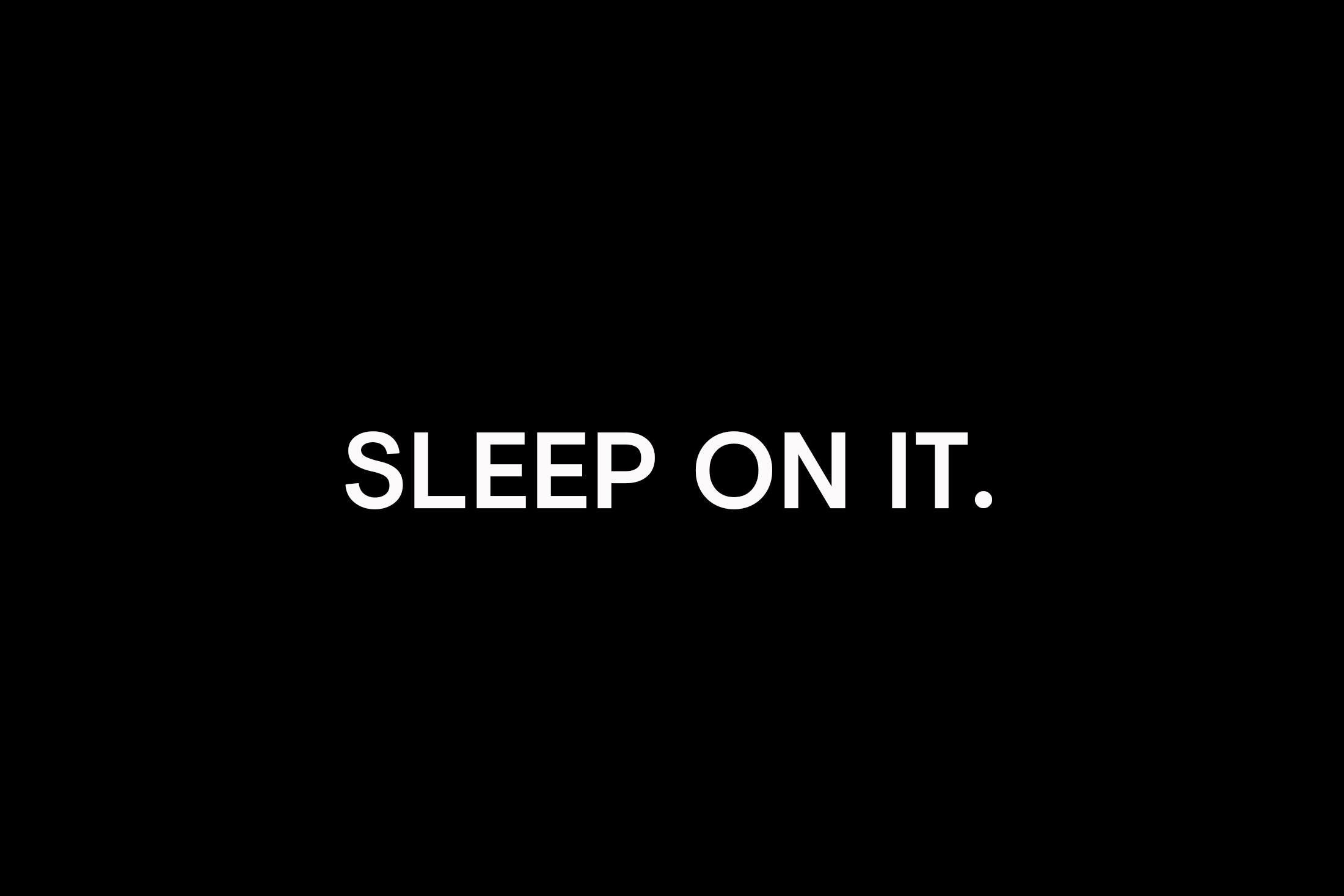
Makia & Friends: Kimmo Syväri
Starting out
I first started photography as a hobby when I was 13. The same year I met Joni. I think it was 1991. The brothers Hyppönen had a darkroom in their cellar. We spent a lot of time there. Timo later founded the Numero skate magazine, and then they started Pelago. Mikko also worked as the graphic designer for Makia in the beginning before Jarno Luotonen. We used to take bus number 339 to go to the Serena ski resort after school. Many of the people who went there were to-become professional snowboarders. I was not one of them. Joni skipped school to go ride, and when I told him he was stupid, he told me he was going to make a living snowboarding. Even at a young age, I did not think that was a very smart move. Soon it became clear to me that I wanted to have photography as my profession. I liked drawing but was too hectic to sit around with a pen and paper for long periods of time. Photography was a great choice for somebody who likes visual things but lacks the attention span to develop a skill for drawing.
I think I got to start photography at a very interesting time. There were no digital cameras yet. I got introduced to Photoshop 3 in 1996. The internet was young and unspoiled. There was no social media. It’s actually interesting to think back at that time. I am very happy that I got to experience part of my professional life in that space.
I started my first company in 2001. I did graphic design for four years but then decided to revert back to photography. I started my first production company in 2008 with Lauri Ferrer (Now managing DDB Helsinki). Having a company is a very tricky business, and at least in my case, it involved a lot of trial and error. My second attempt was with Kirsi Pärni (Now managing and running Left & Right). Not until my third attempt in 2013 with Tuukka Koski and Osmo Puuperä when we started Koski Syväri did it feel like home. I think the biggest reason for Koski Syväri feeling right for me was my two prior failed attempts.
Dragging a light setup around the world for Makia
Makia was, in a way, my Hamburg as a photographer, as in reference to the Beatles. In the beginning, there was not much. Jesse was designing the first pieces of clothing in a basement in Punavuori. Ivar and Jussi had fled the country, and Joni was milking his last moments as a professional snowboarder. Both me and Jesse had bad credit from tax debt. There was very little hope for the company. Actually, there was no hope. I think Jesse was just doing it because he liked it. Otherwise, it would have made no sense.
I was looking for interesting things to do and shoot, and Jesse happened to be there in the basement with his thing. On the side, he was also trying to establish another clothing brand called Franz Emil. We once packed the Franz Emil collection into a car and drove 1600km to Nordkapp with a model for a photoshoot. Jesse was afraid that the driver would fall asleep at the wheel, so he insisted on driving the whole way. I was afraid Jesse would fall asleep, so I sat next to him and kept watch. We only stopped for gas. When we got there, it turned out that the model, a friend of a friend who went by the name Kökö had been playing soccer and had abnormally large thigh muscles. All the pants were too small for him.
I also ordered some random things from Jesse as side projects at the time. He made me a really nice winter jacket out of old Swedish military jacket liners. The liners were thick lamb pelts. It was a really hard material to work with. Jesse hated it. Later a junkie broke into my cellar in Kallio and stole the jacket. Jesse also made a mouse mascot suit for a client project of mine.
We shot some quite directionless stuff for Makia in the beginning. After a few years, Jarno, Totti, and Seba came around. I had to decide if I was going to continue. It was clear to me that If I did so, I needed to lift the bar on the photography a lot, or it would be a waste of my time. It was not going to be fashion photography, as I did not see myself as a fashion photographer.
I remember the first “new” Makia Image I did after making this decision. It was of a guy named Billy lighting a cigarette. I remember retouching the image for 16 hours. The new shots involved a light setup of 6 flash lights. In the end, it became a signature style for the brand for many years, and me and Totti ended up dragging the light set up around the world with our two man catalog shoot task force. At that time, there were no battery-powered studio flashes, so we had to use cables and a generator.
I finally ended up evolving the set from six lights to two when United Airlines lost one of the light cases on our way to Alaska. After that, it was easier, but we still had the generator with us.
The importance of a strong visual identity?
This is a great question! I think people’s ideas of how to do great branding vary a lot. But I think loyalty is one key thing. I look at it like this. Think about the brand as a child. The person responsible for the brand is one of the parents. The other half of the parent side consists of all the people taking care of the brand: strategists, directors, creatives, and photographers. In the current market, it’s safe to say that most of the people don’t always even know who the other parent is. They treat the pool of creators like a tinder date at best. I find this very strange, as these people form the voice of your brand. In any given product or service, the messages the brand sends form over 90% of people’s idea of the brand.
With this randomness and lack of commitment, it is very hard to get people to really care about a brand. Luckily there are a few exceptions. We have very long-lasting relationships with some clients. The work is based on trust and a mutual interest in making the work stand out.
It’s also a lot about the editing. Many people seem to believe that as long as you say something, you get results. In this day and age of growing noise, it’s actually the opposite. It’s better to shut up until you have something to say instead of cluttering people’s headspace with more noise. It’s very important to be clear and consistent. It helps a lot if you don’t swap creators like underwear, and you value the work they do.
Then there is also the question about elegance and symmetry: You should let the audience’s imagination take part in building your brand. You do one part, and their imagination fills out the gaps. It’s very rewarding for their brain. Do not over-explain your brand but always keep an element of mysticism and surprise in place. This will make you less boring. Also, leverage and embrace the flaws… (Dont’t want to over-explain the last part.
Anyway: I think Makia has done a great job with loyalty. First, it was Juha Mustonen for a couple of photos, then it was me and Osmo Puuperä for about eight years or so, and now it has been Mikko Ryhänen painting the picture for the past six or so years. All in their respective style. I think Mikko has done a great job, but I also think so has everyone at Makia by not swapping him to some random walk-in.
Koski Syväri agency
Koski Syväri is a solid production company. We have a 100% delivery rate. We strive for the better. The idea of production is to do things better. To raise the production value.
By production, I refer to this: Attention is a muscle. Like a muscle, it gets fatigued. When you work in a group and have dedicated people for each role, the outcome is better. It is also a trust issue. Producers are usually better at maintaining order and reliability than creative people and vise versa. This might sound like a no-brainer to an engineer or doctor, but in the creative industry, this is not a given. I have seen people rock up to a shoot drunk or not show up at all. Or then they have their defunct gear in an Alepa plastic bag.
When we started, doing this in Photography was new. Film productions have been teamwork for a long time, but photographers often work solo. Now we do both film and still on an about 50/50 split and we also often cultivate or create the core concepts of the things we do.
Going the distance
I spent a year in Reno, NV as an exchange student in 1995. Then in 2000, I went back and hiked the Pacific Crest Trail from Mexico to Canada with JB Benna. Then in 2001, we rode bicycles from San Francisco to New York with David Ellitot.
Ultra distance travel is a great foundation for being an entrepreneur. They have a lot in common. In order to make it, you need to find reason in the present moment. If you are in it for external reasons such as recognition or money, it won’t work. There is no prize at the end. The only present is in the enjoyment and the transformation that the journey offers.
As an entrepreneur, I think the majority of the time, you fail. You fail with people, processes, and money. It’s ok. It comes with the package and should not be seen as a failure.
Thank You’s
Yes. Kiitos! Everyone around me and Koski Syväri. Without you there would be no nothing! Thanks to Makia for the years we grew together. Thanks for staying curious. Thank you, Alexander Sneen, for being the most honest and straight forward friend, always calling out my bullshit when you see it. That’s a rare quality and, in my case, a lifeline! Also, thank you for being the most loyal professional partner. Thank you, Mikko Koskinen, at Kyrö Distillery Company, Janne Kaitala, and everyone at Werklig. Reino Tikkanen at Hasan & partners, hopefully, we get to work together sometimes in the future! Jaakko Veijola, Anu Igoni, and Erkki Iszarra for giving me my first professional shots!
All our subcontractors and partners! Without you there would be no industry. All of our competition: Raise your standards and try harder. We will do that too! Show the passion. Together, let’s try and create a pull for the industry for young people to get interested & involved. Together we can hopefully make this more than a hobby for more people. Thanks to anyone investing in quality marketing and storytelling. That’s money well spent. Without your contribution, this industry has no future, and most likely, neither has your brand.
And if you do bidding for whatever reason, when you read through the submissions, think about this: Who am I sponsoring, what do they represent, and what sort of tomorrow are they shaping?
Kimmo Syväri photographed by Riku Pihlanto.
